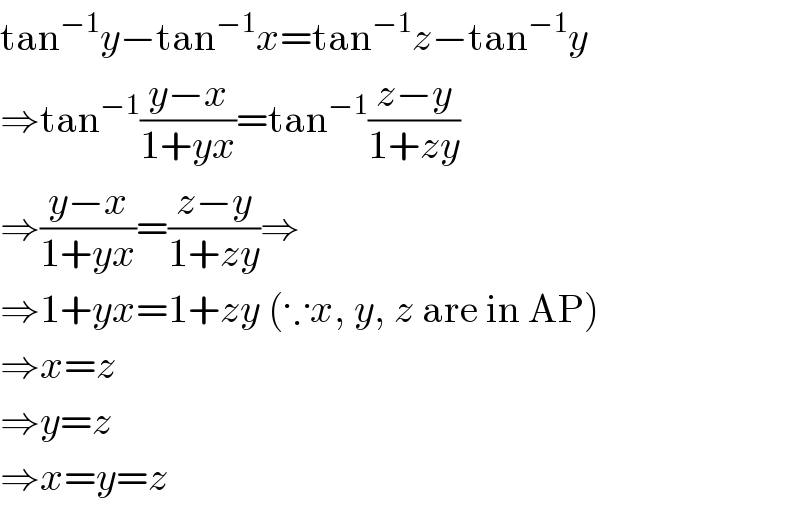
Question and Answers Forum
Question Number 53924 by F_Nongue last updated on 27/Jan/19

Answered by $@ty@m last updated on 27/Jan/19

Answered by tanmay.chaudhury50@gmail.com last updated on 27/Jan/19

| ||
Question and Answers Forum | ||
Question Number 53924 by F_Nongue last updated on 27/Jan/19 | ||
 | ||
Answered by $@ty@m last updated on 27/Jan/19 | ||
 | ||
| ||
Answered by tanmay.chaudhury50@gmail.com last updated on 27/Jan/19 | ||
 | ||
| ||